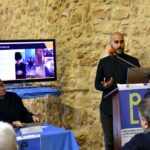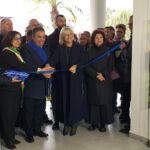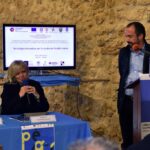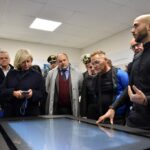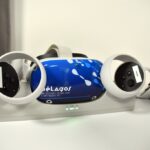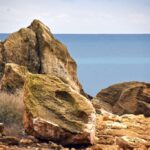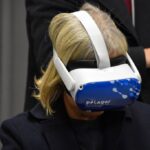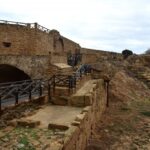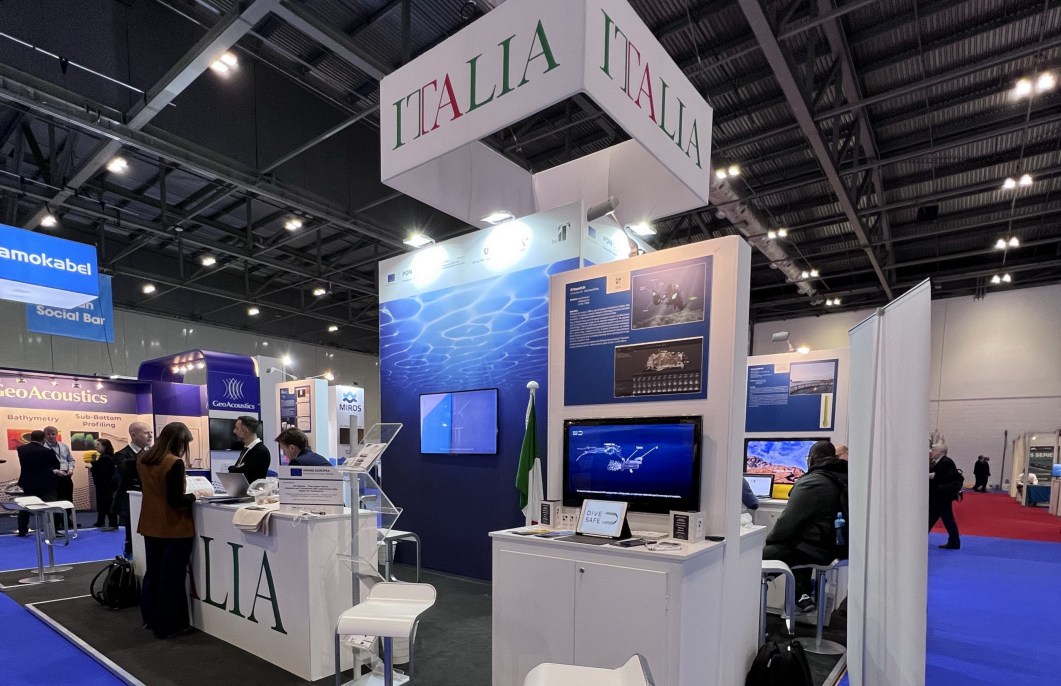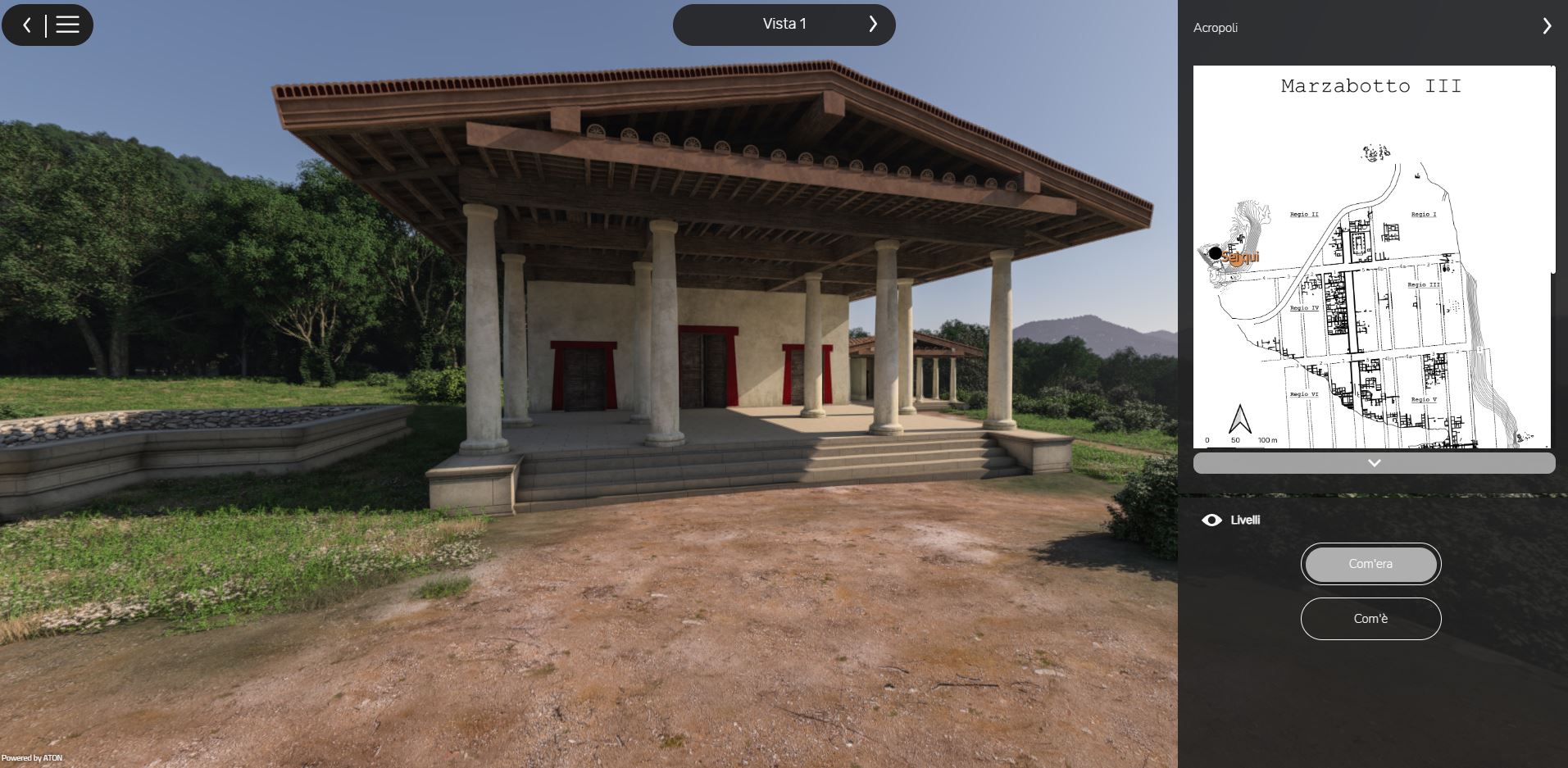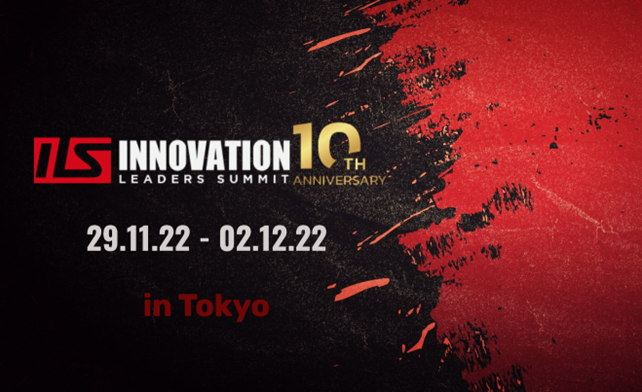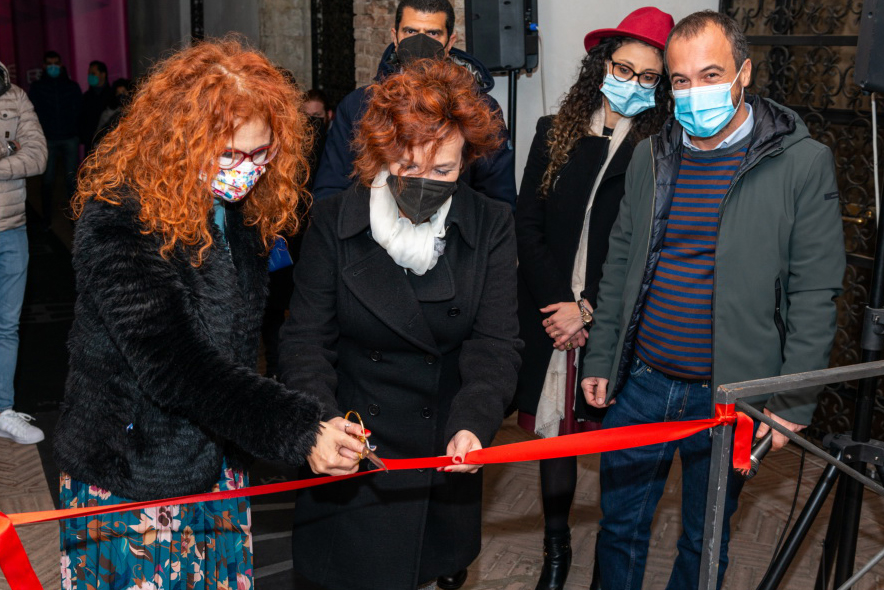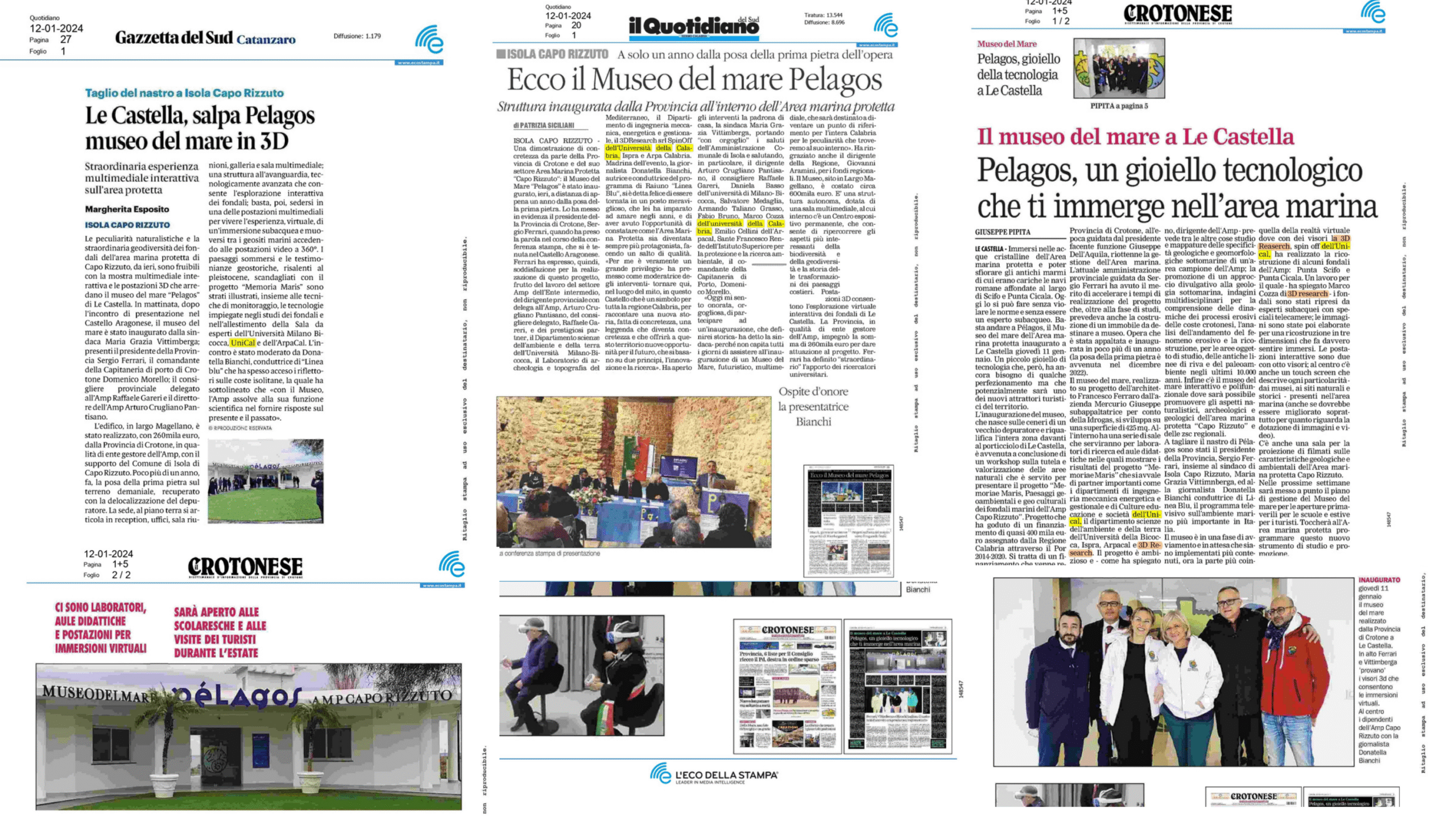
Discovering Pélagos – Museum of the Sea with 3D Research’s Virtual Reality
- January 16, 2024
On Thursday, January 11th, the Pélagos – Museum of the Sea AMP Capo Rizzuto was inaugurated at the Fortress of Le Castella (KR); the presentation workshop, with the participation of 3D Research, was instead held at the Aragonese Castle.
The ribbon-cutting ceremony for the Museum of the Sea was carried out by Mayor Maria Grazia Vittimberga, together with the President of the Province Sergio Ferrari and journalist Donatella Bianchi, host of Linea Blu. Also attending were Commander of the Crotone Coast Guard Domenico Morello, Provincial Councillor delegated to the AMP Raffaele Gareri, and AMP Director Arturo Crugliano Pantisano.
The event was also attended by project partners: Professor Daniela Basso from the Department of Environmental and Earth Sciences of the University of Milano-Bicocca; Salvatore Medaglia and Armando Taliano, representing the Department of Cultures, Education and Society of UNICAL; Professor Fabio Bruno, Marco Cozza and Fabrizio Fuoco for 3D Research, from the Department of Mechanical, Energy and Management Engineering of UNICAL; Emilio Cellini for the Regional Center Marine Strategy of Arpacal; and Sante Francesco Rende for the Higher Institute for Environmental Protection and Research.
Pélagos, built on the remains of a former disused water treatment plant and which contributed to the redevelopment of the area in front of Le Castella’s small port, was inaugurated at the conclusion of the presentation of the project results “Memoriae Maris: Geo-environmental and geo-cultural landscapes of the seabeds of AMP Capo Rizzuto.”
The natural features and exceptional geological diversity of the seabeds in the Marine Protected Area of Capo Rizzuto are accessible through an interactive multimedia exhibition and 3D stations within the Pélagos Museum of the Sea.
During the event, guests experienced virtual reality exploration. Thanks to VR headsets, 3D Research created an immersive reconstruction of parts of the seabed of the Marine Protected Area: in four interactive stations, equipped with eight headsets, visitors can virtually dive into an underwater experience and move freely in 360° within the marine environment. The areas selected for this immersive journey are Punta Scifo and Punta Cicala, where visitors can “swim” among shipwrecks loaded with ancient marbles. Moreover, the geological history of the Le Castella area can be relived through a touch table at the center of the multimedia hall, illustrating the evolution of the coastline. The touch table also provides details on museums, natural and historical sites in the marine area, as well as the life story of Giovan Dionigi Galeno, known as Uccialì. Other stories are narrated by experts’ voices in the video-documentary contributions featured in the last hall of the museum.
The museum panels, through scientific descriptions and detailed images, complete the experience of discovering the unique features of the Marine Protected Area.
Fabrizio Fuoco of 3D Research explained that, to carry out this type of work, the seabeds were recorded by expert divers with special photographic equipment, and the images were processed for 3D reconstruction, together with material produced in collaboration with the project’s scientific partners. This led to the development of software and virtual reality applications, later implemented on devices such as headsets and touch tables, with the aim of increasing accessibility and sustainable tourism to areas of particular interest and conservation status.
In the coming weeks, the management plan of the Museum of the Sea will be finalized, with the goal of opening to the public—initially for schools and later for tourists—during the spring and summer seasons.
Fabio Bruno, President of 3D Research and Full Professor at UNICAL, highlighted the exceptional contribution of the University of Calabria to the project:
“What can be admired here is undoubtedly thanks to the UNICAL structure, which participated in the call with two departments: DICES and DIMEG. The DIMEG, in particular, worked on 3D underwater surveys and data acquisition, which were then used by archaeologists to formulate different hypotheses about the presence of two islands. Moreover, one of our spin-offs, 3D Research, handled the multimedia setup, developing the software and content available within this museum to enable virtual visits to the selected underwater sites and to better understand the geomorphology of the territory and, above all, how it has evolved over the millennia.”
Bruno then described the different approaches that shape the Museum of the Sea:
“This Museum 3.0 is dedicated to teaching the younger Generation Z, who are now accustomed to interacting with virtual reality. The technology implemented is specifically designed for young generations and has been studied to stimulate their learning and to help them discover the unique features of this territory. Traditional teaching, through museum panels that provide content to anyone reading them, is combined with more innovative teaching methods using touch tables, VR headsets, and touch screens, which allow deeper exploration of content, easily updated. Therefore, this becomes a place where all the new research conducted by the University, Arpacal, and the Marine Protected Area can be expressed and disseminate the scientific results that are constantly updated thanks to ongoing studies.”

